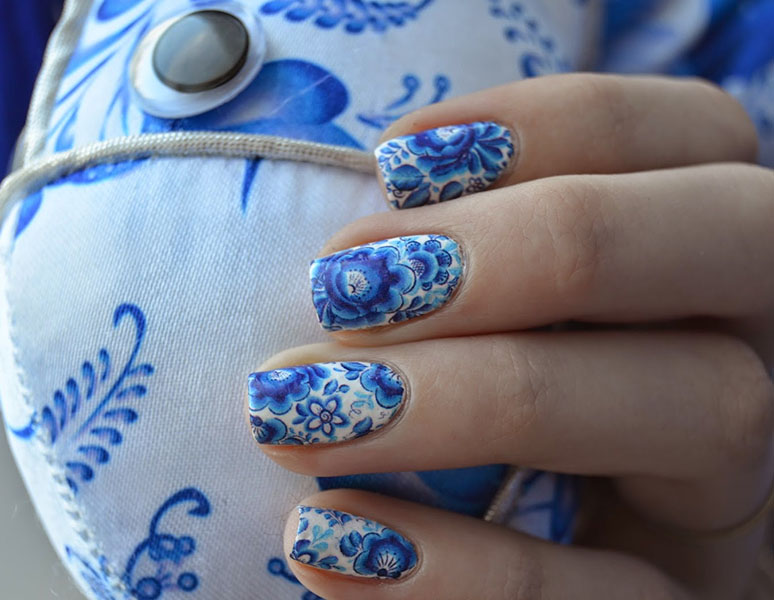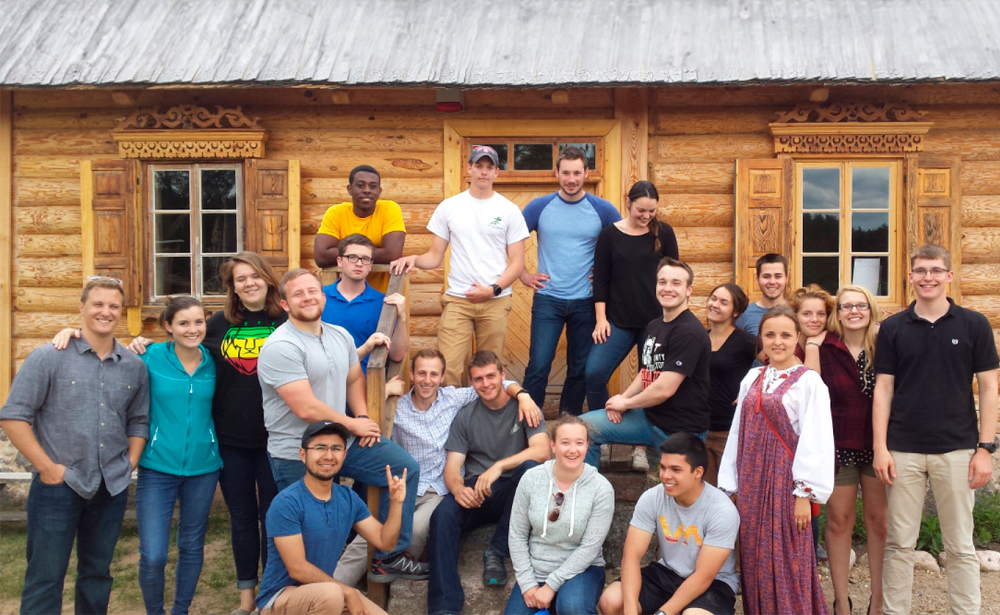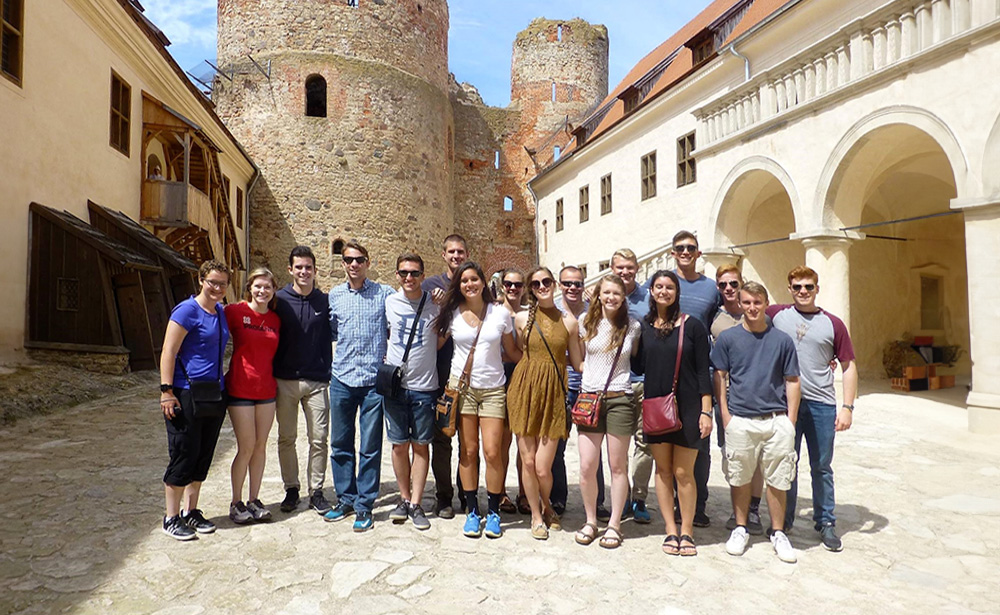Gzhel. Origins of the Russian craft
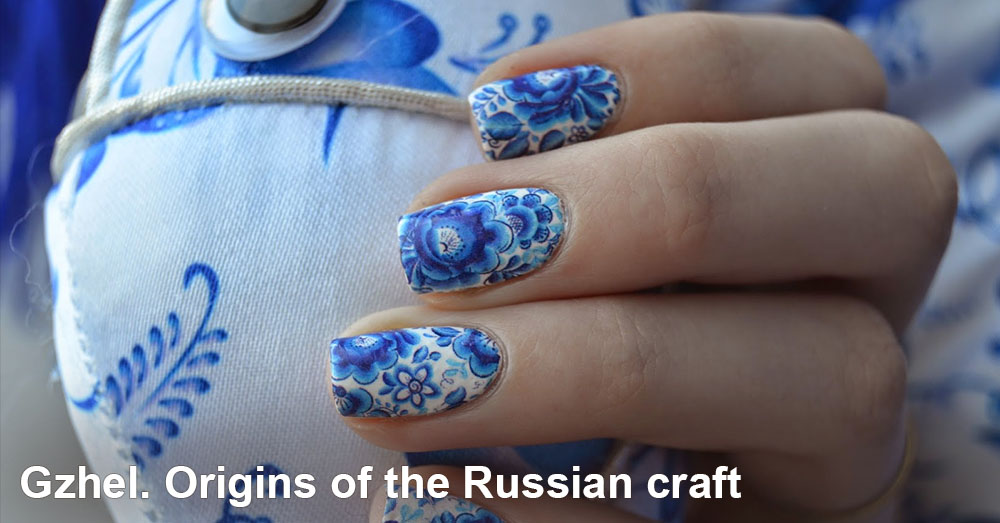
We are beginning a series of informative articles about the most beautiful traditional crfarts in Russia. In this article, we’ll tell you about the origins of Gzhel and origins of the name of the craft. Gzhel is a famous traditional Russian craft of production of porcelain and pottery items and painting them with cobalt.
The distinguishing feature of Gzhel painting is that it uses only three main colors: white, which makes up the background of the item; the painting itself is made with blue and light blue colors.
Origins of the craft and its name
Gzhel is the name of the village situated close to Moscow. Pottery production and then later porcelain manufacturing is based on presence of porcelain clay, perfectly suitable for these purposes. The place is also famous for its skillful potters.
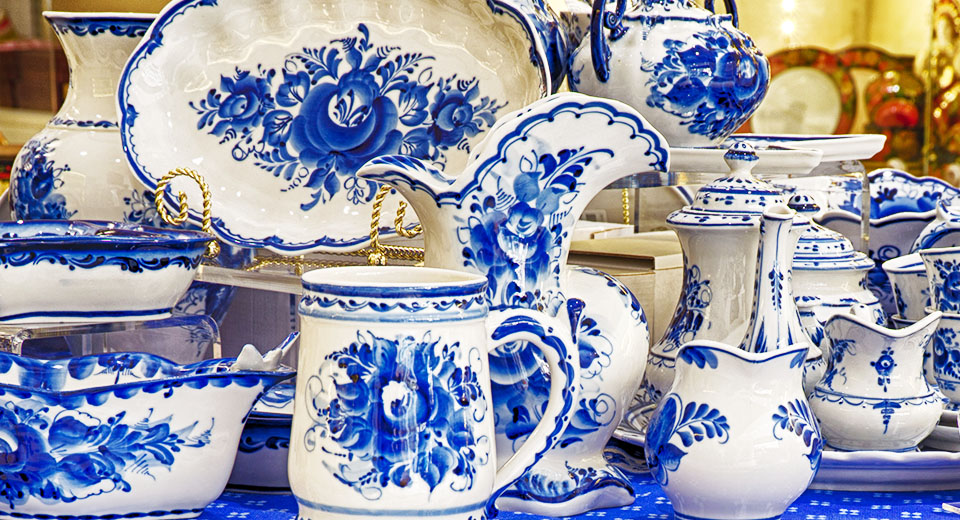
Development of pottery in Russia
The development of pottery in Russia in the Gzhel area dates back to the 4th century BC. In the 9th century Gzhel land became the center for the production of ceramics in Russia. It was the place where Russian potters made ceramic products for the Grand Duke Ivan Kalita.
New technologies and improvement of pottery skills promoted the production of ceramics. In the early 18th century the production of porcelain and “semi-faience” that was painted blue, which later became a symbol of Gzhel pottery, began. Initially, the golden tones that were popular that time were used for painting porcelain articles.
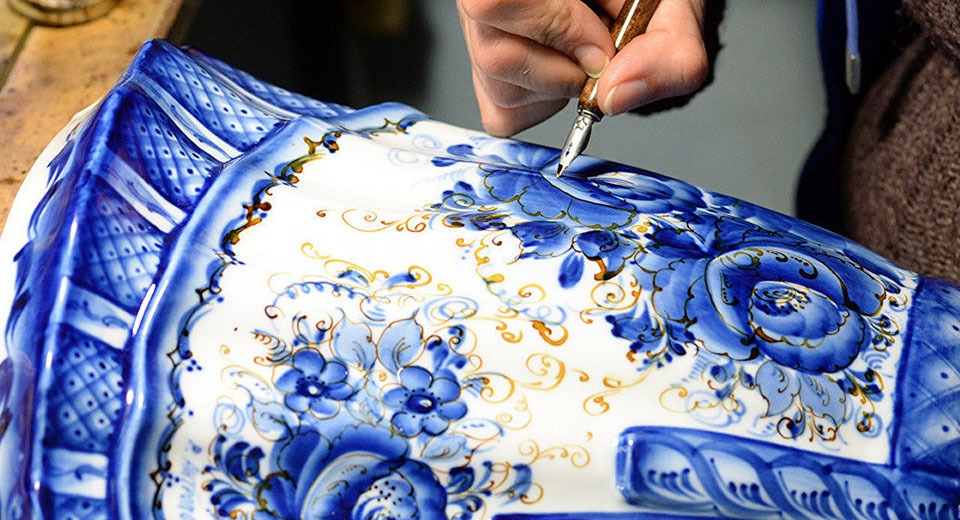
Industrial crisis and decline of traditional crafts
The industrial crisis which happened in Russian at the end of the 19th and the beginning of the 20th centuries also influenced the development of traditional crafts. However, the production of ceramic articles was resumed by the second half of the 20th century. At the same time, a voluntary association of craftsmen was organized. They developed a new design of porcelain painting with blue paint on a white background. The blue paint contained cobalt, therefore the articles did not change their rich blue color for many years. Even now it is impossible to distinguish articles produced in the past and articles made nowadays.
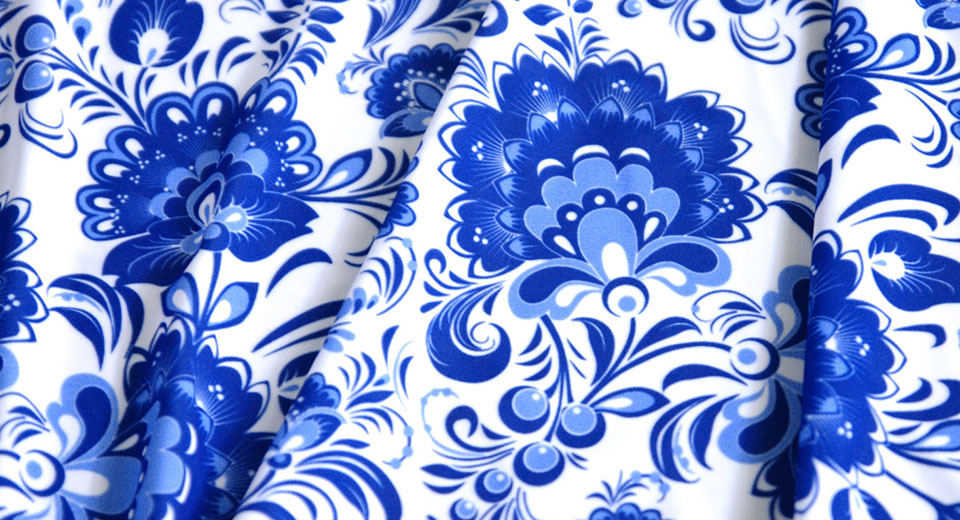
Summing up, we can say that Gzhel craftsmen still cherish the old traditions of painting. Nowadays Gzhel is the main decorative and applied art in Russia which is well-known in other countries.
You may be interested
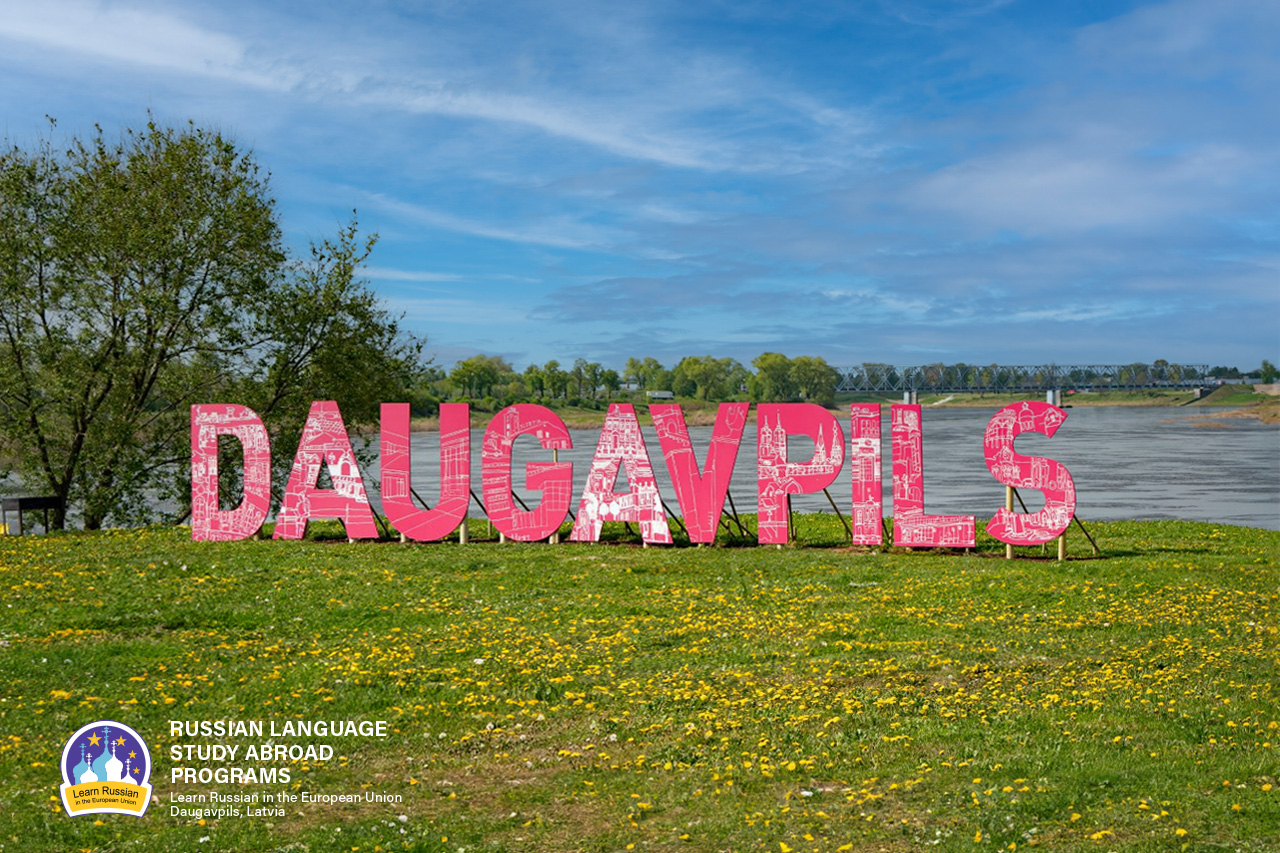
Why do people speak Russian in Daugavpils?
As it seems to us, Daugavpils is the best place to learn Russian now, because our city is situated in the EU and NATO, but at the same time 90% of the city’s population speak Russian at home.

ЭТЮД О ДВИНСКЕ
Etude on Dvinsk by F.Fedorov
The Baltic region is one of the most catastrophe prone regions of the 2nd millennium, especially its second part; it is the centre of attraction of ‘geopolitical’ interests of the European world. Probably the most tragic fate has befallen to the eastern part of the present Latvia and its multi-titled town of Dinaburg – Dvinsk – Daugavpils. During its 730 years long history, the town went through five rather autonomous periods of development, five different lives (German, Polish, Russian, Latvian, Soviet), and at the beginning of the 1990s it entered into the 6th period.
The history of Dinaburg – Dvinsk – Daugavpils is the history of five attempts by the town to begin its life anew; and this is determined not only by the fact that the town was four times burned down and had to start life from scratch, but first and foremost because each of these periods was characterized by a total change of ethnos and the socio-cultural field.
The present article deals with the cultural space of the town in one of the most efficient periods of its development – from the 1860s till World War I.


